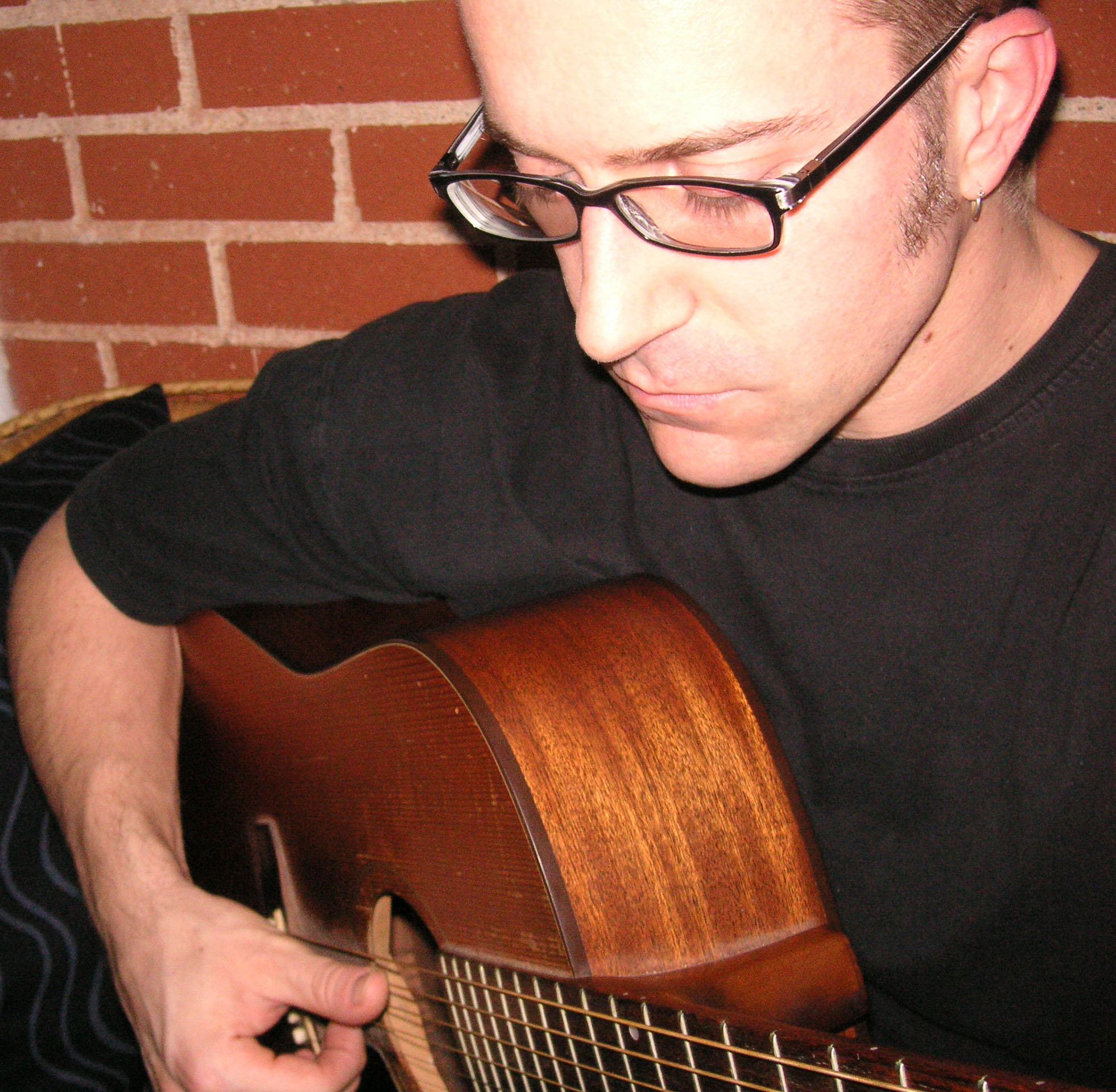How to play acoustic guitar like The Beatles' George Harrison
Explore the acoustic flavor that George Harrison brought to the Fab Four

Of the four Beatles, George Harrison brought to the group an assortment of electric and acoustic guitar approaches, flavors influenced by everyone from Chet Atkins and Carl Perkins to the Byrds and Bob Dylan.
Harrison’s pioneering use of the Rickenbacker 360/12 electric 12-string on songs like A Hard Day’s Night and Ticket to Ride added another dimension to the sound of Beatles music and left an imprint on Sixties-era rock: soon after, the Byrds, Beach Boys and Rolling Stones began to use 12-string guitars.
In the mid-Sixties, influenced by Indian culture and Hinduism, Harrison introduced the sitar and exotic scales into the Beatles’ catalog on songs like Norwegian Wood and Within You Without You. In essence, he played a huge role in stylizing the Beatles’ music.
But Harrison also contributed a wealth of guitar-centric hits to the band’s repertoire, many of which center around an acoustic guitar (his Gibson J-200). In this lesson, we’ll look at musical examples inspired by Harrison-penned Beatles classics like Here Comes the Sun, While My Guitar Gently Weeps and Something.

While My Guitar Gently Weeps revolves around strummed versions of the chords in FIGURE 1. Much of this song’s emotional power stems from its mostly chromatic (notes one half step apart, the distance of one fret) descending A–G–F#–F bass line. The song also features a famous, inspired solo by Eric Clapton.

Chromatic movement is a characteristic common to many of Harrison’s popular Beatles tracks, among them, Something, which informs FIGURE 2. While the original Abbey Road version is played on electric guitars (in the key of C), the original demo (key of A) on The Beatles: Anthology 3 is a solo performance by Harrison, who plays a hollowbody electric, warranting its relevance here. Use the picking pattern in bar 1 for the A, Amaj7 and A7 chords, and note the descending chromatic line on the G string. Similar chromaticism is also encountered in a later F#m–F#m(maj7)–F#m7 change.


Hands down, the most popular acoustic guitar “picking” riff in the Beatles oeuvre is the passage that opens Harrison’s Here Comes the Sun, which gets its sparkling quality from the fact that it is capoed at the seventh fret. FIGURE 3 is a passage inspired by the song’s main riff, containing mostly D, A7 and G chords (use alternate picking throughout, beginning with a downstroke). FIGURE 4 features a variation on the chords used in the song’s bridge.
All the latest guitar news, interviews, lessons, reviews, deals and more, direct to your inbox!
A singer-songwriter/multi-instrumentalist/film composer, Musician's Institute instructor, and author of 50+ transcription/instructional books, Dale Turner is also Guitar World's "Hole Notes"/"Acoustic Nation" columnist, and the former West Coast Editor of Guitar One magazine. Some of Dale’s old, weird, rare, and/or exotic instruments are featured in his score for WEEDS, the first animated short completed within the Filmmakers Co-op at Disney Feature Animation. His most recent CD, Mannerisms Magnified, was praised by Guitar Player magazine for its "Smart pop tunes that are crammed with interesting guitar parts and tones ... Like what the Beach Boys might do if they were on an acid trip that was on the verge of getting out of control. Yeah!"

